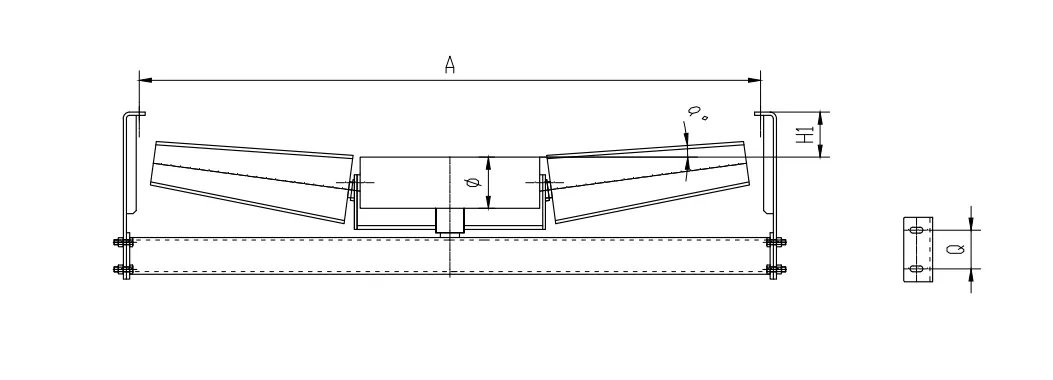 Afrikaans
Afrikaans  Albanian
Albanian  Amharic
Amharic  Arabic
Arabic  Armenian
Armenian  Azerbaijani
Azerbaijani  Basque
Basque  Belarusian
Belarusian  Bengali
Bengali  Bosnian
Bosnian  Bulgarian
Bulgarian  Catalan
Catalan  Cebuano
Cebuano  Corsican
Corsican  Croatian
Croatian  Czech
Czech  Danish
Danish  Dutch
Dutch  English
English  Esperanto
Esperanto  Estonian
Estonian  Finnish
Finnish  French
French  Frisian
Frisian  Galician
Galician  Georgian
Georgian  German
German  Greek
Greek  Gujarati
Gujarati  Haitian Creole
Haitian Creole  hausa
hausa  hawaiian
hawaiian  Hebrew
Hebrew  Hindi
Hindi  Miao
Miao  Hungarian
Hungarian  Icelandic
Icelandic  igbo
igbo  Indonesian
Indonesian  irish
irish  Italian
Italian  Japanese
Japanese  Javanese
Javanese  Kannada
Kannada  kazakh
kazakh  Khmer
Khmer  Rwandese
Rwandese  Korean
Korean  Kurdish
Kurdish  Kyrgyz
Kyrgyz  Lao
Lao  Latin
Latin  Latvian
Latvian  Lithuanian
Lithuanian  Luxembourgish
Luxembourgish  Macedonian
Macedonian  Malgashi
Malgashi  Malay
Malay  Malayalam
Malayalam  Maltese
Maltese  Maori
Maori  Marathi
Marathi  Mongolian
Mongolian  Myanmar
Myanmar  Nepali
Nepali  Norwegian
Norwegian  Norwegian
Norwegian  Occitan
Occitan  Pashto
Pashto  Persian
Persian  Polish
Polish  Portuguese
Portuguese  Punjabi
Punjabi  Romanian
Romanian  Russian
Russian  Samoan
Samoan  Scottish Gaelic
Scottish Gaelic  Serbian
Serbian  Sesotho
Sesotho  Shona
Shona  Sindhi
Sindhi  Sinhala
Sinhala  Slovak
Slovak  Slovenian
Slovenian  Somali
Somali  Spanish
Spanish  Sundanese
Sundanese  Swahili
Swahili  Swedish
Swedish  Tagalog
Tagalog  Tajik
Tajik  Tamil
Tamil  Tatar
Tatar  Telugu
Telugu  Thai
Thai  Turkish
Turkish  Turkmen
Turkmen  Ukrainian
Ukrainian  Urdu
Urdu  Uighur
Uighur  Uzbek
Uzbek  Vietnamese
Vietnamese  Welsh
Welsh  Bantu
Bantu  Yiddish
Yiddish  Yoruba
Yoruba  Zulu
Zulu Lagged Drum Pulley Design and Performance for Enhanced Transmission Efficiency
Understanding Lagged Drum Pulleys An Essential Component in Material Handling
Lagged drum pulleys play a vital role in the functioning of many industrial systems, particularly in material handling and conveyor belt applications. These components are integral to the efficiency and reliability of various operations in sectors such as mining, agriculture, and manufacturing. In essence, a lagged drum pulley is a type of pulley that is coated or lagged with a layer of material to enhance grip and translate rotational motion into linear movement.
The Function of Drum Pulleys
Drum pulleys serve as the primary driving mechanism in a conveyor system. When a motor turns the drum, it engages the conveyor belt, propelling the materials along a defined path. The efficiency of this process heavily relies on the friction between the belt and the pulley. This is where lagging becomes crucial.
Why Lagging Matters
The term lagging refers to the addition of a surface coating to the drum pulley. Typically made from rubber or other durable materials, this coating enhances the pulley’s surface friction, which in turn increases the effectiveness of the belt drive system. In situations where heavy loads are involved or conditions are abrasive, lagging helps prevent slippage, which can lead to inefficiencies and wear and tear over time.
Moreover, lagging contributes to the durability of the pulley. It protects the underlying structure from environmental elements, including moisture, dust, and harsh chemicals that may be present in industrial settings. This protective layer not only extends the lifespan of the pulley but also reduces maintenance costs over time.
lagged drum pulley

Types of Lagging
There are various types of lagging materials available to suit different applications. For instance, rubber lagging is a popular choice due to its excellent grip properties and resilience to wear. Ceramic lagging provides enhanced durability in extremely abrasive environments, while vulcanized or thermoplastic options offer a balance of flexibility and strength. The selection of the appropriate lagging material must be aligned with the specific operational requirements, load types, and environmental conditions.
Installation and Maintenance
Proper installation of lagged drum pulleys is paramount for optimal performance. Misalignment or improperly fitted components can lead to premature wear, decreased efficiency, and operational hiccups. Regular maintenance checks are essential to ensure that the lagged surface remains intact and the pulley functions smoothly. Inspections should focus on identifying signs of wear, such as cracking or tearing of the lagging material, which could compromise grip and performance.
Conclusion
In summary, lagged drum pulleys are essential components in modern material handling systems. Their ability to provide enhanced grip, protect underlying structures, and promote efficient operation makes them indispensable in various industrial applications. By understanding the importance of lagging and its impact on performance and longevity, industries can optimize their material handling systems and ensure sustained operational success. Investing in high-quality lagged drum pulleys can lead to improved productivity, reduced downtime, and significant cost savings in the long run.
-
Revolutionizing Conveyor Reliability with Advanced Rubber Lagging PulleysNewsJul.22,2025
-
Powering Precision and Durability with Expert Manufacturers of Conveyor ComponentsNewsJul.22,2025
-
Optimizing Conveyor Systems with Advanced Conveyor AccessoriesNewsJul.22,2025
-
Maximize Conveyor Efficiency with Quality Conveyor Idler PulleysNewsJul.22,2025
-
Future-Proof Your Conveyor System with High-Performance Polyurethane RollerNewsJul.22,2025
-
Driving Efficiency Forward with Quality Idlers and RollersNewsJul.22,2025





























